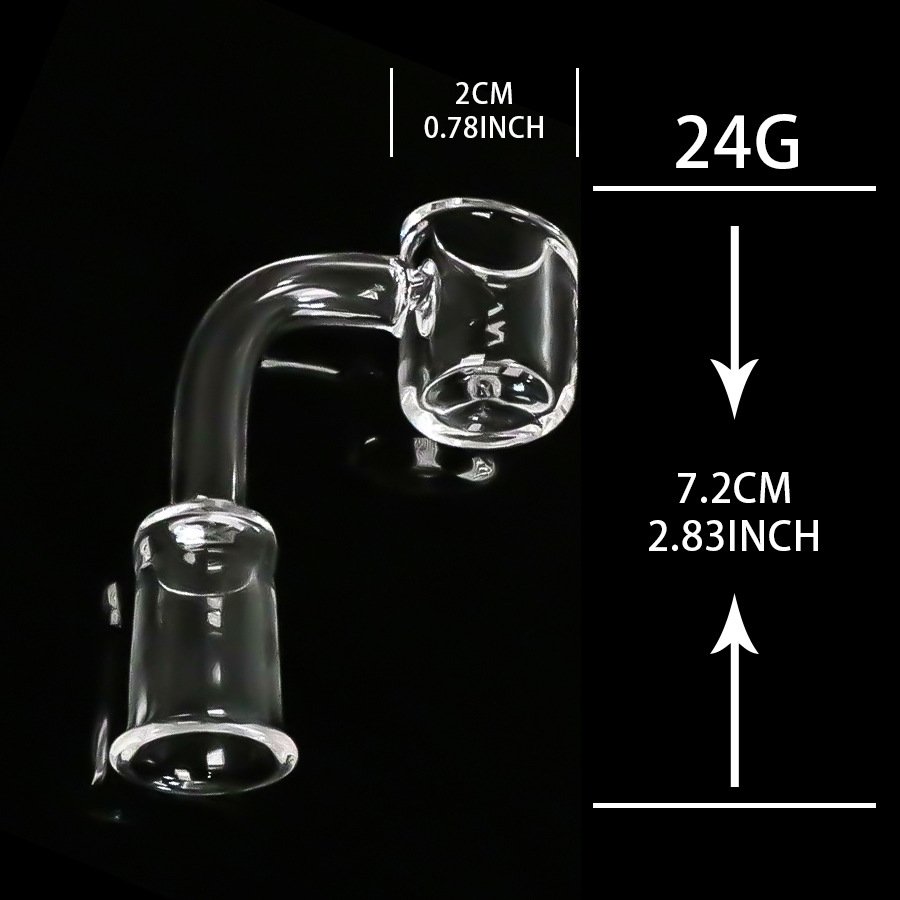Blog
Why does my quartz bucket retain less heat over time
I was curious about this as I have seen this question often and the only reason I can think of is that (assuming you’re using a torch) the quartz becomes browned/blackened on the outside (where the flame front impinges) over time and becomes a better black body radiator (really!) and this might account for a minor loss in perceived heat retention. Note I’m not talking about typical “chazz” people refer to which is the gunk that builds up on the inside of the banger if you don’t keep it clean.
This link has a great description of how fused quartz is manufactured and how it is a meta-stable quasi crystalline form of silicon dioxide (SiO2, still a glass and not a true crystal) It’s not easy to work with because of the high temperatures involved (~2,000 deg C). I suspect that, like the automobile tire, the quartz bucket is an unsung minor miracle of modern technology.
To alter the heat retention the the quartz you would need to alter the specific heat capacity of the SiO2 it’s made from. I do not think the relatively low temperature involved in dabbing could possibly cause this as it’s not sufficient to break molecular bonds or fundamentally alter the already amorphous SiO2 structure. Even heating it up red hot doesn’t even come close to the temperatures at which it starts to anneal. The banger would have to lose density or mass over time and it is clearly not doing that.
In my experience all quartz nails blacken externally where they are hit by flame eventually though, irrespective of price. A blackened quartz nail will start to glow red at a lower temperature than a new, transparent one, and that tells you that it’s losing heat more readily. My guess is that it’s no more than 10–20% from what I’ve measured with an IR thermometer. Outside of turning a little ugly a quartz bucket basically lasts forever unless you accidentally break it as fused quartz is extremely brittle.
As to why quartz glass blackens where the flame front touch it is another question I’m curious about. There is clearly some kind of chemical reaction going on with the combustion products, or some process where carbon seems to migrate into the SiO2 interstitially. It appears impossible to remove. I’ll save that for its own question. Hope that helps, thanks!

